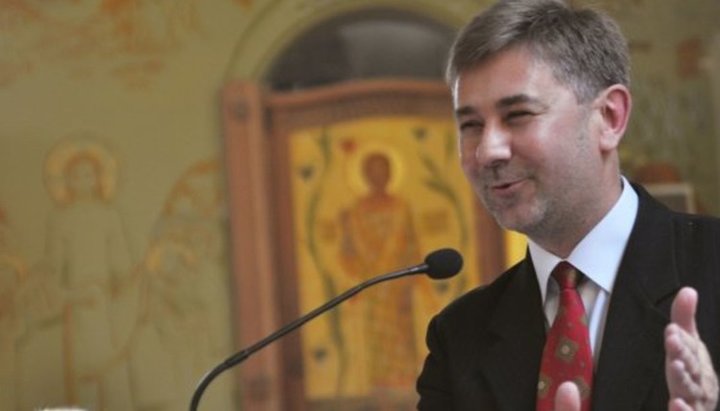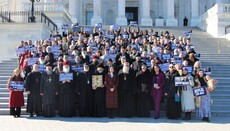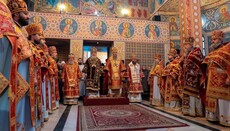UGCC cites its union to OCU as an example of unification

The experience of the Greek Catholics of 1700 year is quite exemplary "for our Orthodox brothers and sisters", says historian Igor Skochilias.
Adopted “without coercion and at the call of the heart”, the Lviv Union of 1700 is a good testimony that unification can occur without violence, and this is a very important experience for Ukraine today, “when we are dealing with the unification processes of the OCU”. Igor Skochilias, vice-rector of the private Ukrainian Catholic University (UCU), said this in an interview with the UGCC resource on the occasion of the 320th anniversary of the adoption of the union by the Lviv Archdiocese.
According to the historian, the proclamation of the unity of the Lviv Archdiocese with Rome, which took place on July 1, 1700, is "a very important and significant event in the life of not only the Lviv Archdiocese, but also the entire Ukrainian Greek Catholic Church and Ukrainian culture."
By 1700, he explained, “there was a big challenge for the preservation of Ukrainian culture, Eastern Christianity in Western Ukrainian lands. <...> Lviv Diocese, which since baptism had been an integral part of the Kyiv Metropolitanate, had to decide who to be with, i.e. to accept its ecclesiological, cultural vector and define its national and ethnic identity."
The adoption of the union, which fell to the choice of the then Bishop Joseph Shumliansky, took place "by conviction, without coercion and at the call of the heart," Skochilias emphasized.
At the same time, he clarified that it was “quite peculiar”, because “for the then society, which was very hierarchical, the bishop was not only a spiritual shepherd but also an ethnarch. <...> Therefore, as a rule, the public would agree with the choice of the bishop."
According to him, Bishop Joseph Shumliansky was the first to "personally show an example of unity, and then he began to convince the clergy, monks, church communities and laity subordinate to him."
“As we know from history, the proclamation of the Brest Union in 1596 did not lead to the unity of the Kyiv Metropolis,” the vice-rector of the UCU explained. “Most of the elite refused to begin unity with Rome. This led to a dramatic division of the Kyiv Church. Joseph Shumlyansky managed to avoid this rift. For several decades, he persistently prepared step by step for this event. He convened councils and persuaded them. For example, he convened the first council in December 1694. When a part of the opposition appeared at the council, especially from the clergy and monasticism, he realized that it was not the time to proclaim unity, they needed preparation. <...> His greatest merit was that he escaped conflict and bloodshed. This Lviv Union of 1700 was a far cry from the Union of Brest in 1596. It was a voluntary choice of the clergy and laity of the Lviv Archdiocese.”
Therefore, according to Igor Skochilias, the experience of the union of the Lviv Archdiocese is “in the first line, the spiritual experience of unity, the belief that unity can be created without violence, but rather by one’s own conviction and at the call of the heart.”
“This experience is very important for today's Ukraine, when we are experiencing the processes of unification of the OCU, which is affected by conflicts due to transitions of parishes. In my opinion, the experience of the Greek Catholics of 1700 is quite exemplary for our Orthodox brothers and sisters,” he concluded.
As reported by the UOJ, earlier the cleric and theologian of the UGCC, Yuriy Boyko, said that the Tomos of the OCU is the beginning of the unification of all the Churches of Ukraine.











